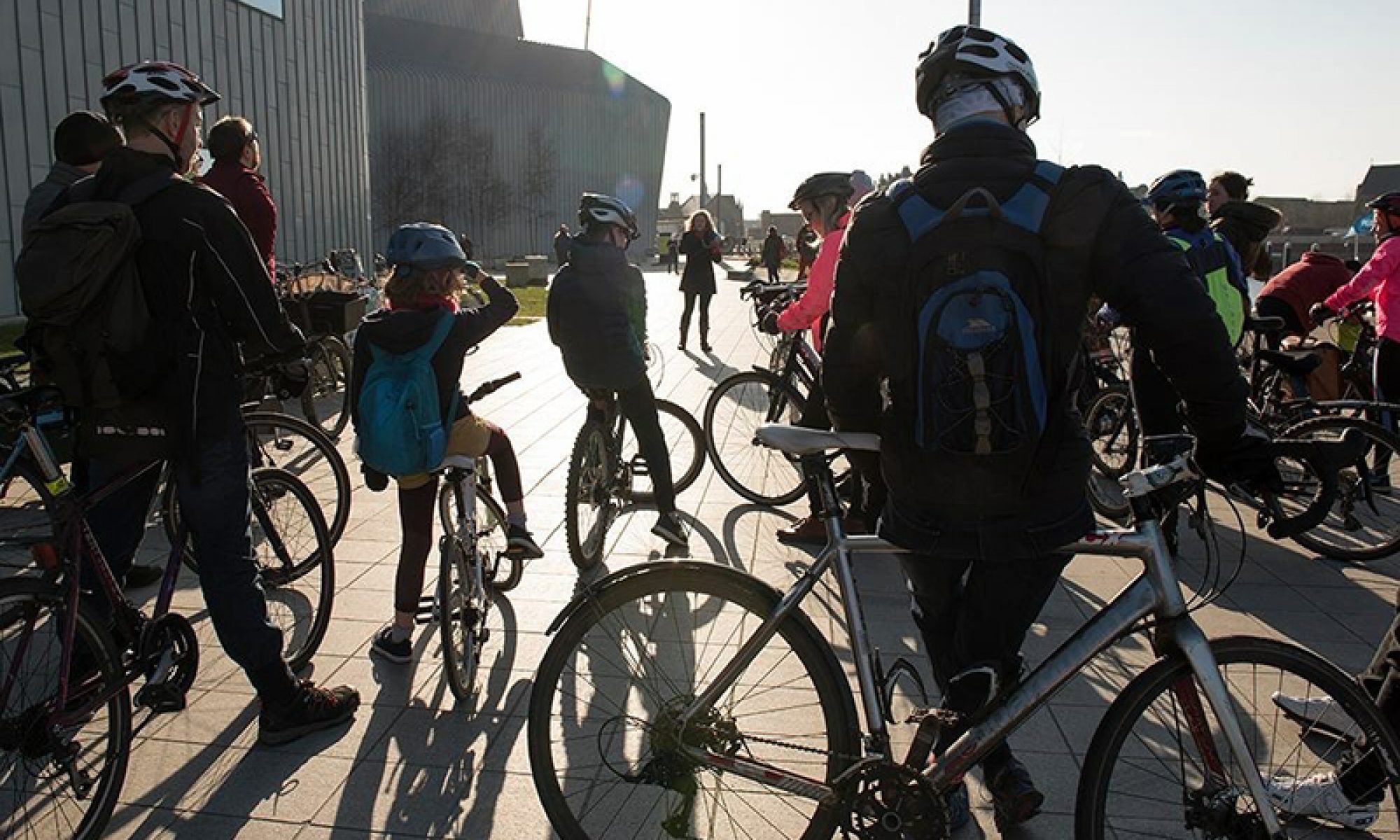Economy
‘Pedestrianisation of Dublin streets increased business by up to 100%‘ (July 2020) RTE
The trial pedestrianisation of streets around Grafton Street in Ireland led to increases of up to 100% in business according to a Dublin City council survey.
‘Closing Central Madrid To Cars Resulted In 9.5% Boost To Retail Spending, Finds Bank Analysis‘ (2019) Forbes
Cities which want to boost takings in shops and restaurants should restrict access for motorists, a new study suggests. Madrid closed its central business district to cars for the first time during the 2018 Christmas period and an analysis informed by Spain’s second largest bank has found that, year-on-year, till transactions were significantly boosted by the measure. The closure also had another benefit: cleaner air.
‘Walking & cycling: the economic benefits’ (2018) Transport for London
Brings together the latest evidence, research and findings on the economic benefits of walking and cycling, showcasing studies developed by TFL and other organisations.

‘The Pedestrian Pound‘ (2018) Living Streets
The business case for better streets and places. Key findings:
- Research shows that making places better for walking can boost footfall and trading by up to 40%
- Good urban design can raise retail rents by up to 20%
- International and UK studies have shown that pedestrians spend more than people arriving by car. Comparisons of spending by transport mode in Canada and New Zealand revealed that pedestrians spent up to six-times more than people arriving by car. In London town centres in 2011, walkers spent £147 more per month than those travelling by car
- Retailers often overate the importance of the car – a study Graz, Austria, subsequently repeated in Bristol found that retailers overestimated the number of customers arriving by car by almost 100%
- Landowners and retailers are willing to pay to improve the streetscape in order to attract tenants and customers.

‘Street Appeal. The value of street improvements‘. (2018) University College London
The Street Appeal report, developed by UCL on behalf of Transport for London, studies the impact of improvements to the street environment in London town centres and high streets.
The research found that street improvements return substantial benefits to the users of the streets, including local businesses and people visiting the area. For example, the study found a 17% decline in retail vacancy rates between improved and unimproved streets.

‘Healthy streets. A business view.’ (2017) University of Westminster
The Healthy Streets: A Business View report, developed by the University of Westminster, surveys London’s Business Improvement Districts (BIDs) to understand the importance of the Healthy Streets Approach to business performance.
The research found that 85% of BIDs see cycling as important to business performance, and 95% of BIDs see walking as important to business performance.

‘The value of cycling: rapid evidence review of the economic benefits of cycling’ (2016) Department for Transport
Review of national and international evidence showing the economic value of investing in cycling infrastructure with these potential benefits:
- economic growth can result from high density, cycle friendly urban design
- reduced infrastructure maintenance costs
- cycle parking allows 5 times more retail spend than the same space for car parking
- cycle friendly neighbourhoods can have greater retail spend

‘Urban sprawl costs US economy more than $1 trillion per year‘ (2015) The New Climate Economy
Urban sprawl costs the American economy more than US$1 trillion annually, according to a new study by the New Climate Economy. These costs include greater spending on infrastructure, public service delivery and transportation. The study finds that Americans living in sprawled communities directly bear an astounding $625 billion in extra costs. In addition, all residents and businesses, regardless of where they are located, bear an extra $400 billion in external costs. Correcting this problem provides an opportunity to increase economic productivity, improve public health and protect the environment. The report identifies specific smarter growth policies that can lead to healthier, safer and wealthier communities in both developed and developing countries.
‘The economic benefits of sustainable streets‘ (2013 ) New York Department of Transport
‘Economic value of cycling’ (2013) International Transport Forum
‘Individual and social costs of car travel more than six times those of cycling‘ (2015) Science for Environment Policy
‘The value of cycle tourism‘ (2013) Transform Scotland
‘Cost to society of bike vs car’ Copenhagenize
‘The complete business case for converting street parking into bike lanes’ Citylab
An annotated chart filled review of twelve studies from around the world countering the objection to loss of on street parking spaces by local merchants.
‘Health Economic Assessment Tool for Walking and Cycling’ WHO
Place Value Wiki brings together in a ‘raw’ form the range of rigorous research evidence that links the ‘quality’ and design of ‘place’ with the value added in health, social, economic and environmental terms.

